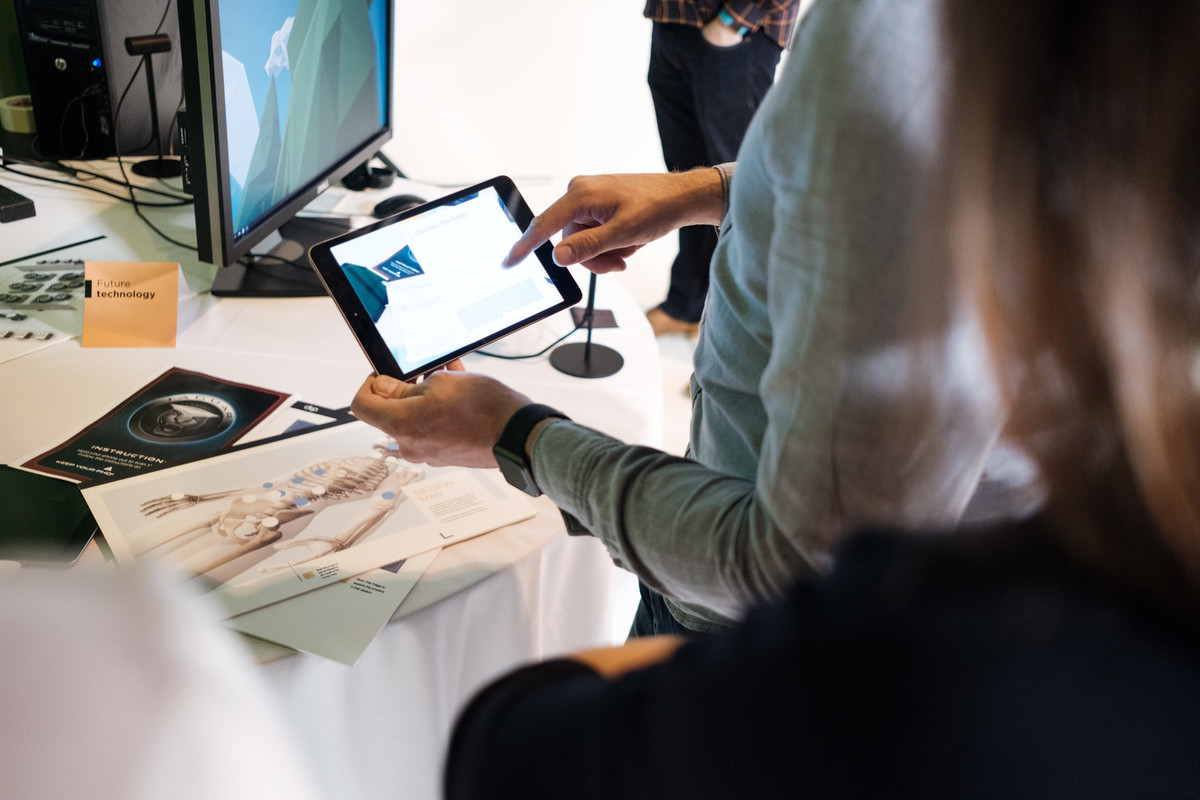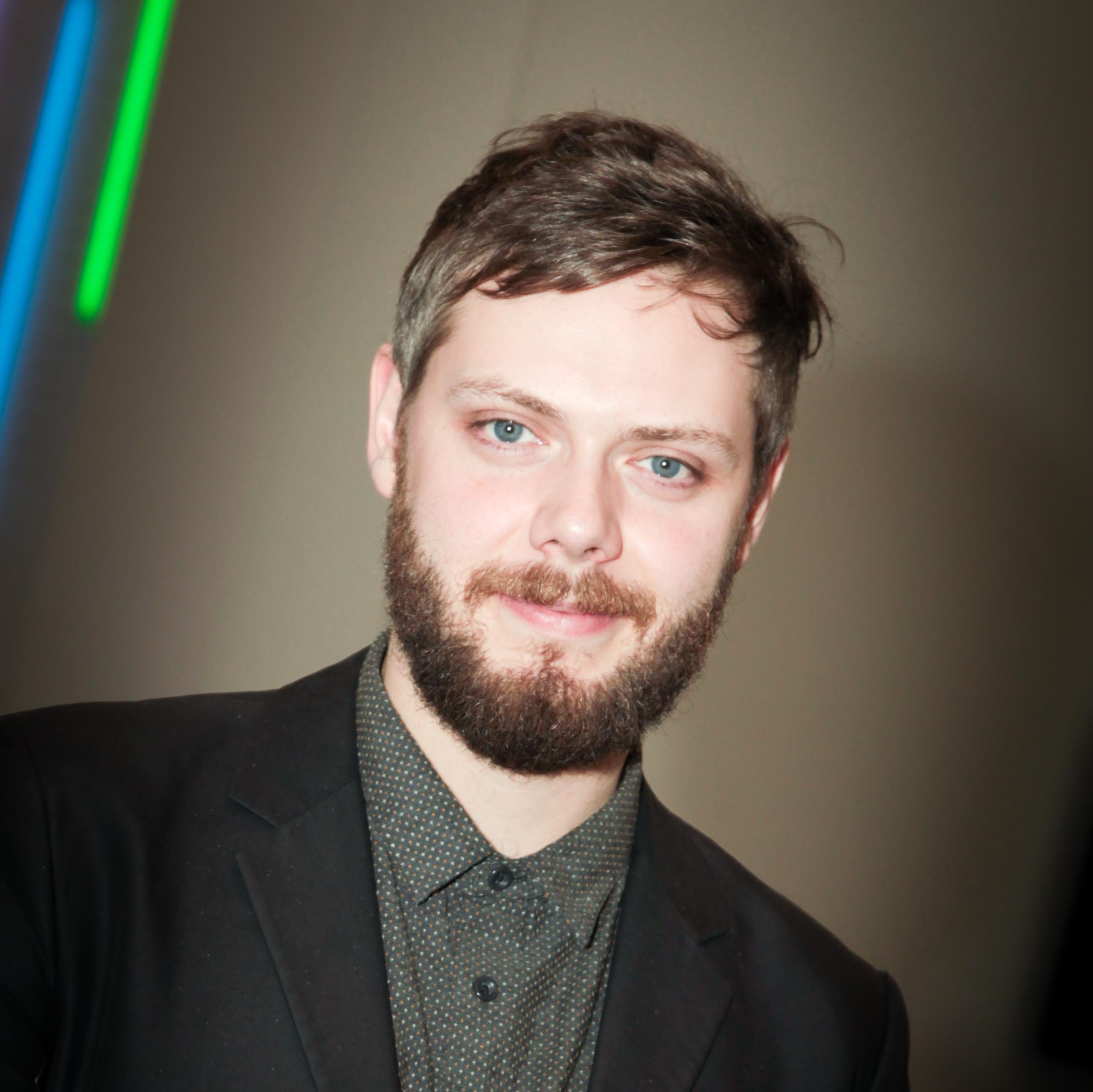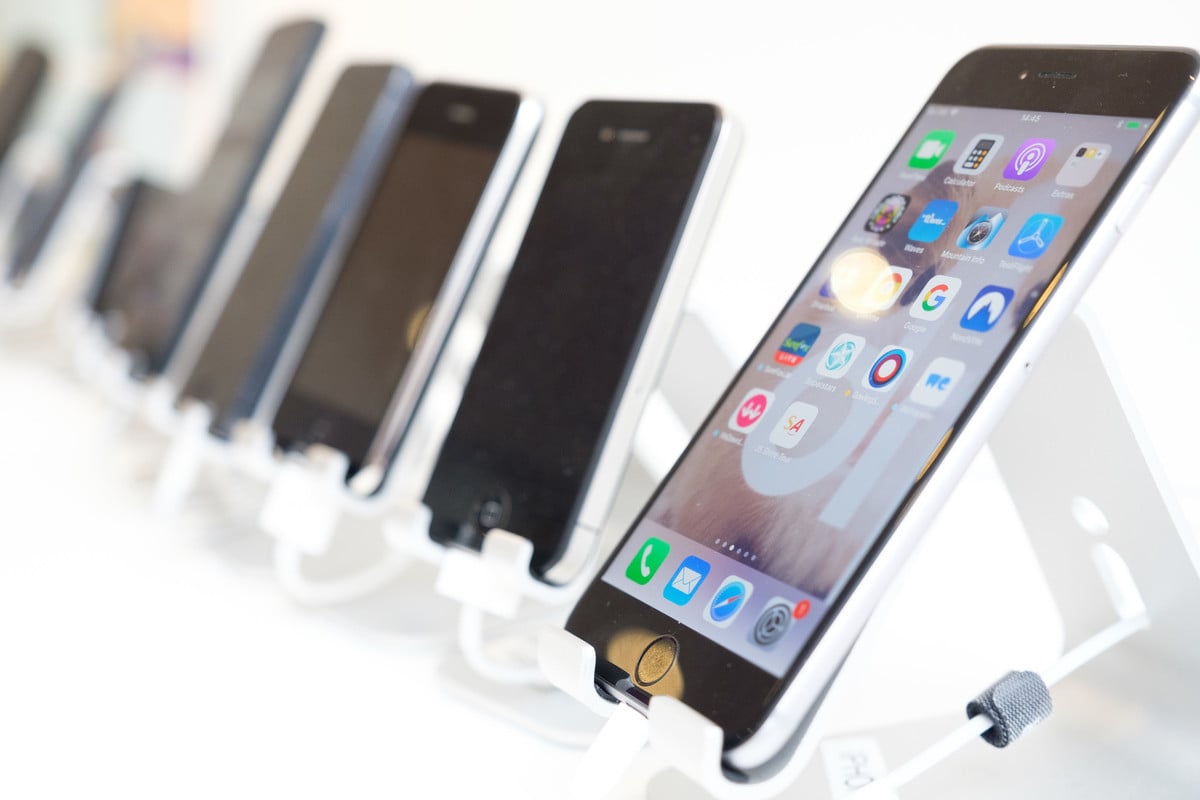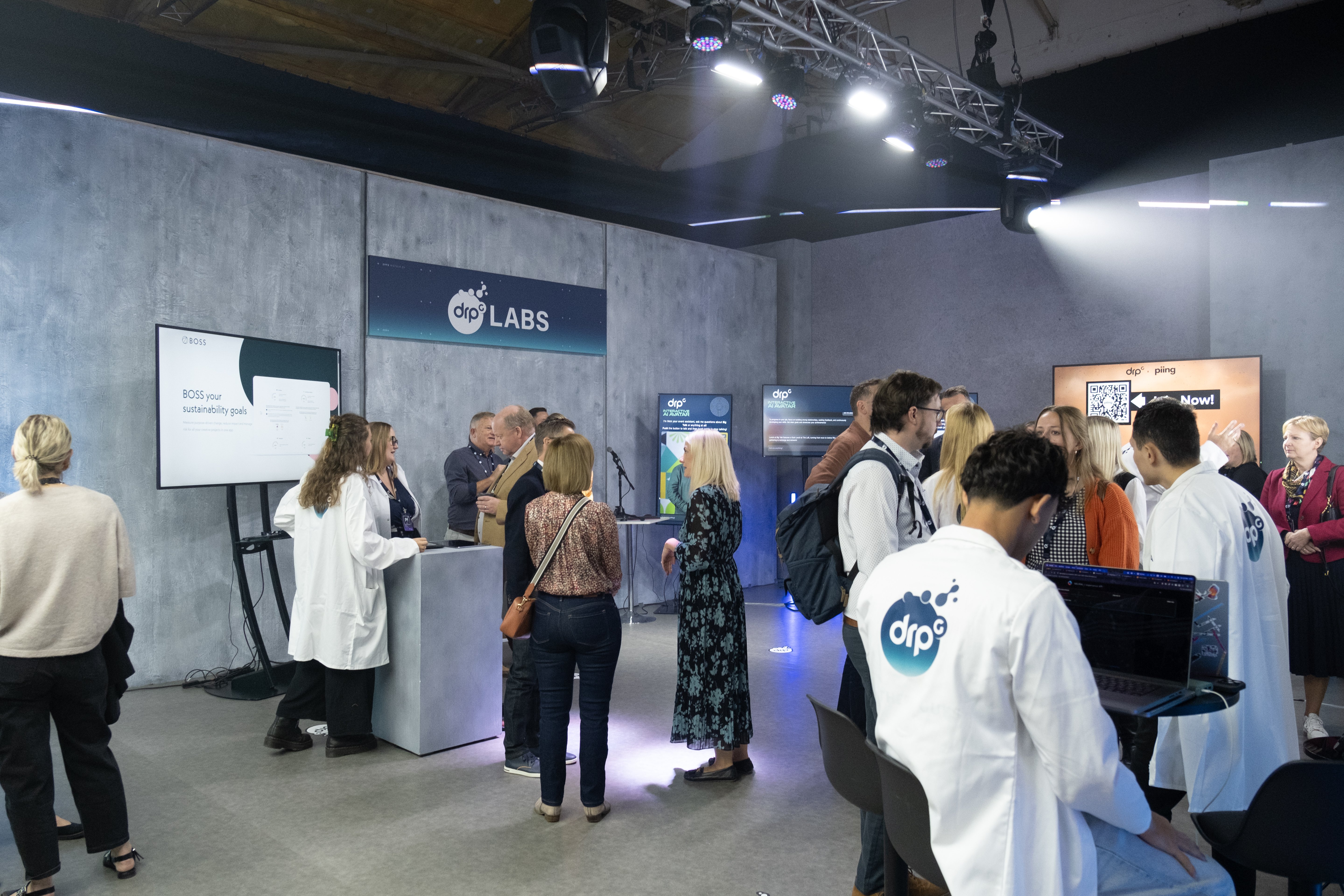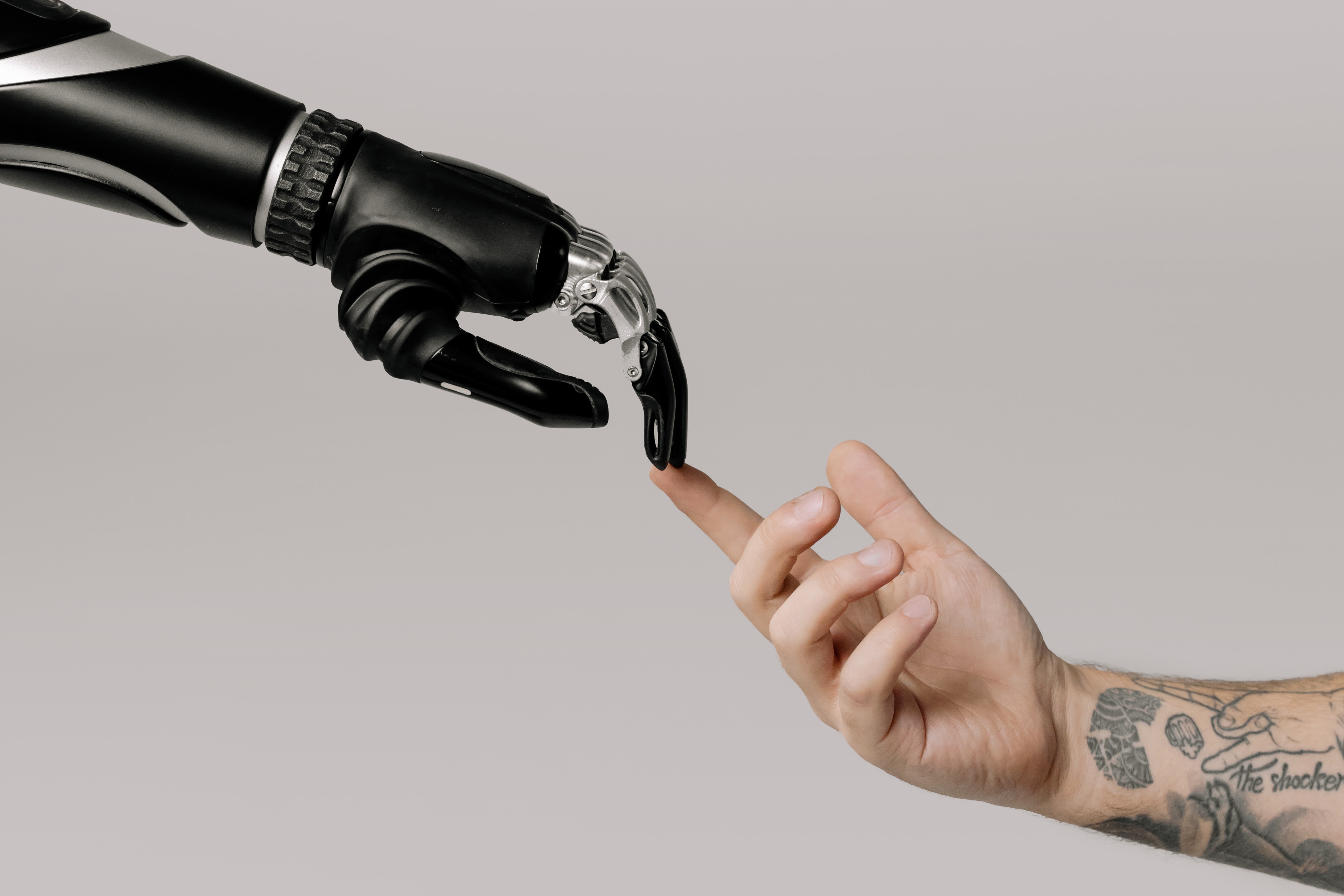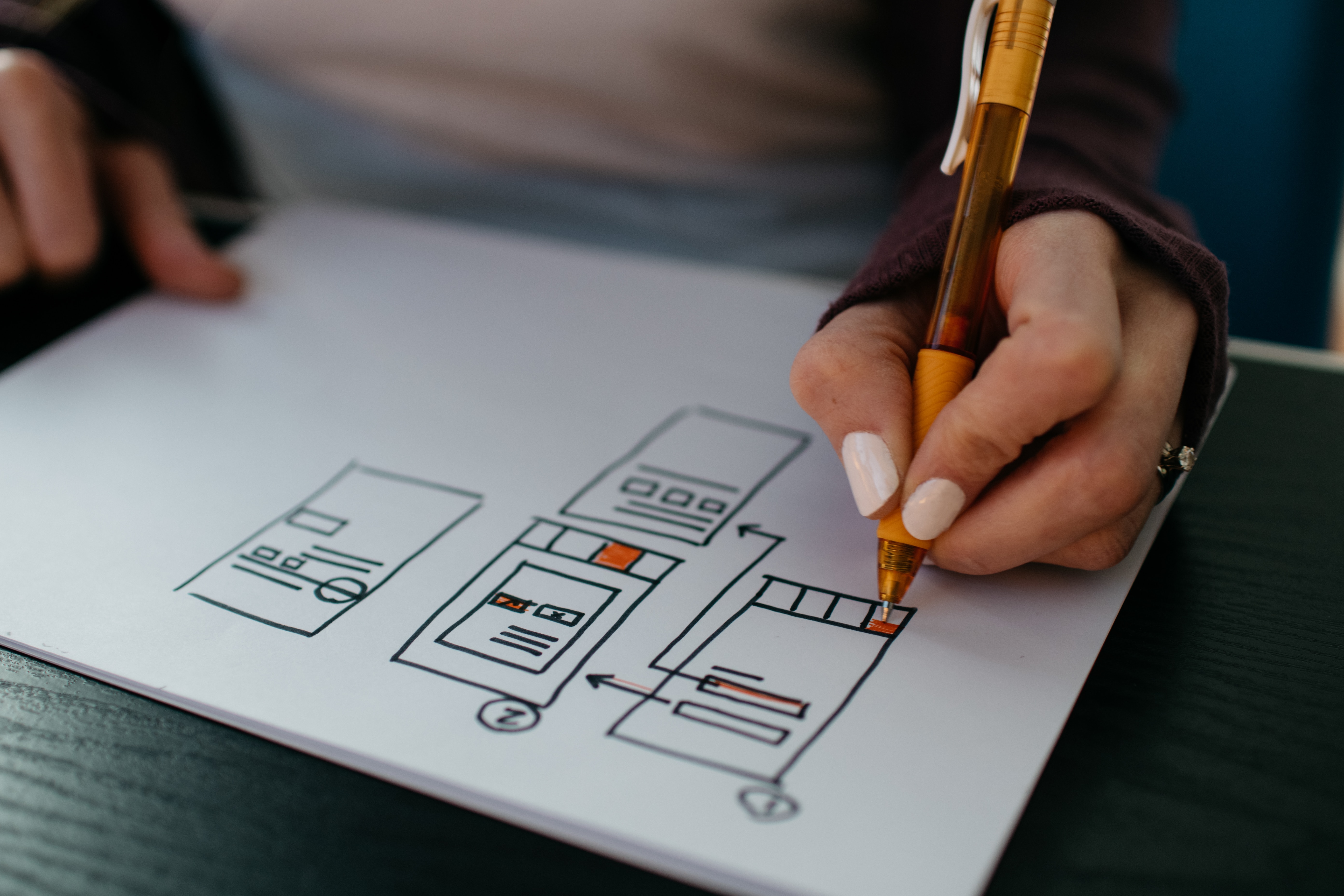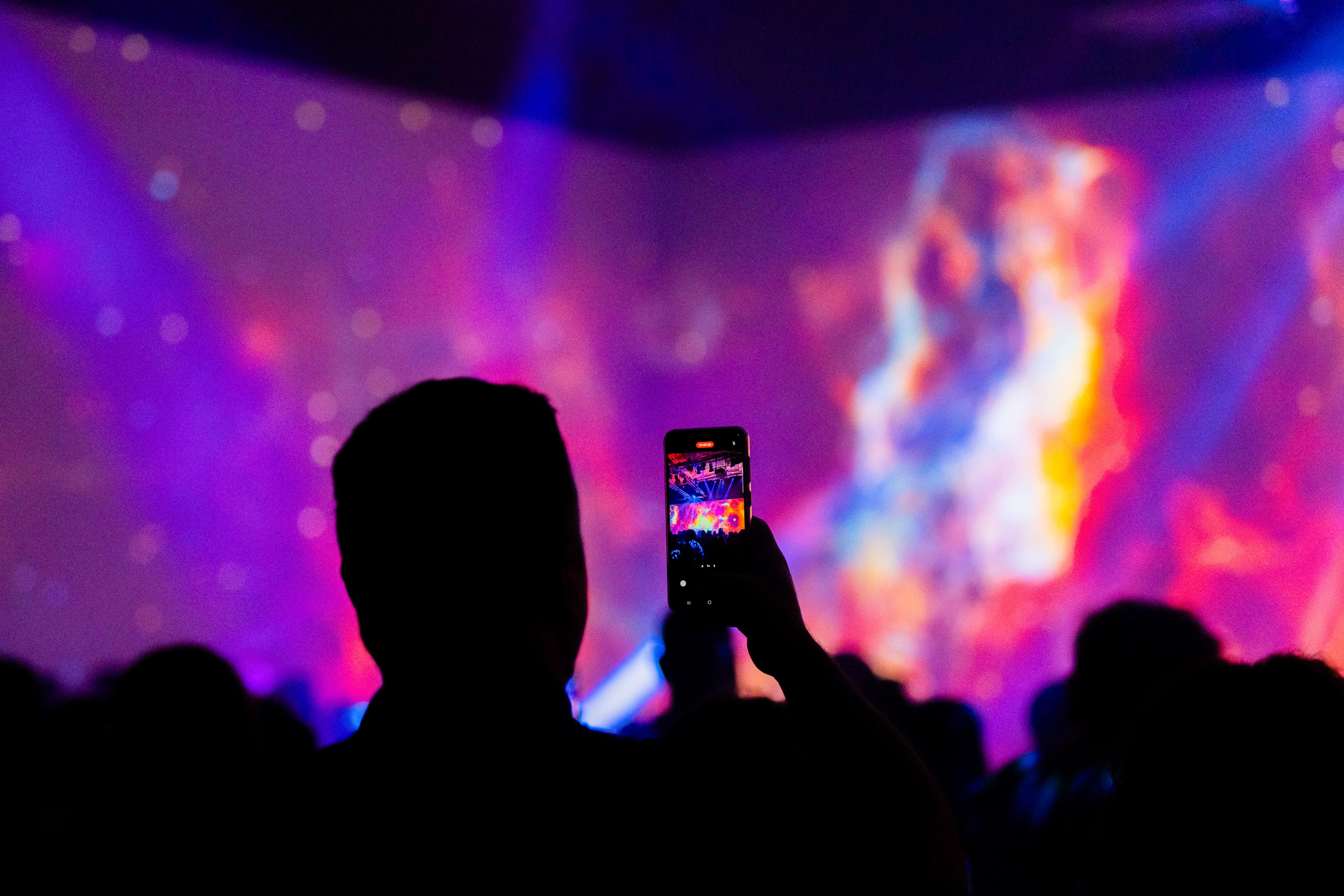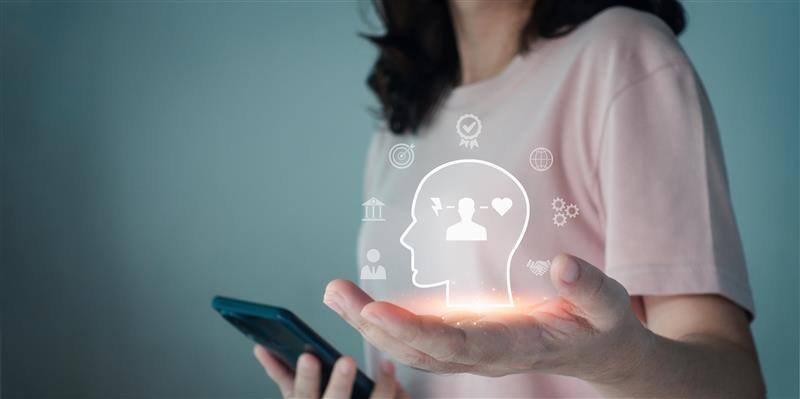Internet of Things (IoT) is a confluence of both digital and physical, but what does that mean for events?
What is the IoT?
The Internet of Things is a broad term that can refer to objects we use every day: devices such as FitBits, Amazon’s Alexa, or Apple Smart watches; even Uber falls into the IoT category. These devices collect data about what you do, how you do it, what you like and what you don’t like. IoT is simply internet-connected devices that can gather data, whether that’s the quality of your health, the weather, or how long you slept for last night! Scary or brilliant? Either way, these devices will, and are already, revolutionising the way in which we live our lives – TechJury reported that there are expected to be more than 64 billion IoT devices worldwide by 2025.
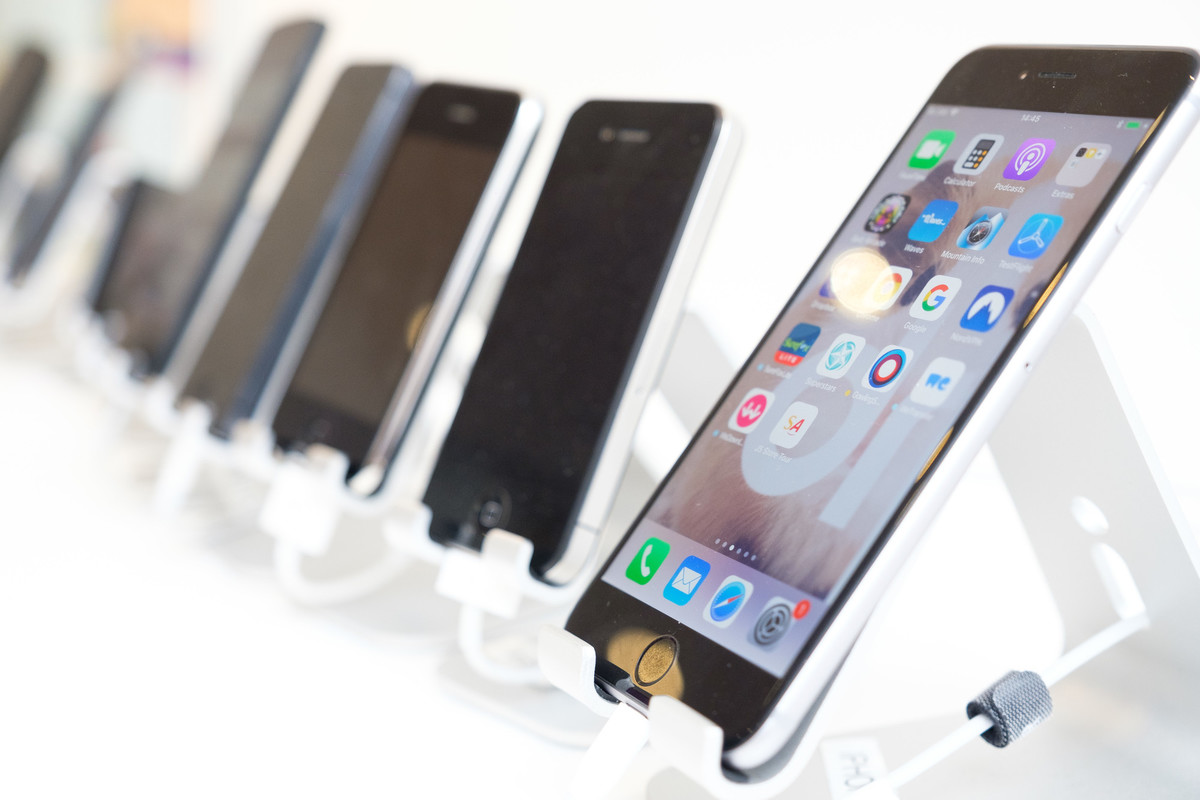
So how can we incorporate the IoT into events?
IoT enables connection between our digital and physical habits, movements and preferences. It’s not so much a ‘versus’, but a partnership and, in the case of events, that is how it should work. The interaction between a physical environment and the digital hardware needs to be seamless.
We have now reached a point where everyone at an event has a smart phone so we can start to use these technologies to solve almost any challenge we face at an event. Events are all about experience and the IoT can provide an enhanced, trackable experience.
And why should we include the IoT?
Sometimes it can be a case of convincing the client that they need the IoT. Not so long ago, people loved the experience of going to a video rental shop, picking out a film and choosing their snacks. Now, we can go online, pick a film and not even have face-to-face interaction, especially if you then go to a shop and use the self-service machines to buy your snacks. This was an experience people had but, when the ‘traditional’ way was no longer available, that was that.
It’s better to be prepared for the changes as they are happening, rather than when they have already happened. As IoT become further integrated into the home space, when it becomes integrated into everyday life, it is not going to be a choice, it is going to be a must-have, so how far behind are you going to be when it does become that must-have?
RFID (Radio-Frequency Identification), for instance, has been used for years within retail for boxing and tracking produce. Whereas, an expo hall has looked the same for decades: there’s the paper catalogue, the stands, and a physical map. You might get an app now – apps are at that “must-have” stage – but not everyone is using them yet. Where are we digitally and physically exchanging stuff? It isn’t happening yet. But there could be so many opportunities for this experience at an event. With IoT, the possibilities are endless:
- Exchanging business card data without the physical business card
- Touch points to grab information
- Directing down different paths on the floor plan
- Notifications to say how long it will take you to walk to the next session from where you are standing
- Voice recognition to sign into an event
- Data about who is stood at the stand before you visit it
- Weather report about the location before you get there
And so much more…
In summary…
Technology and IoT has the ability to do incredible things, and with AR, VR, and Artificial Intelligence becoming even more intelligent, tech is paving the way for innovation in all industries. The starting point for executing these things is the belief and trust in trying something new and leaving that video rental shop behind…
